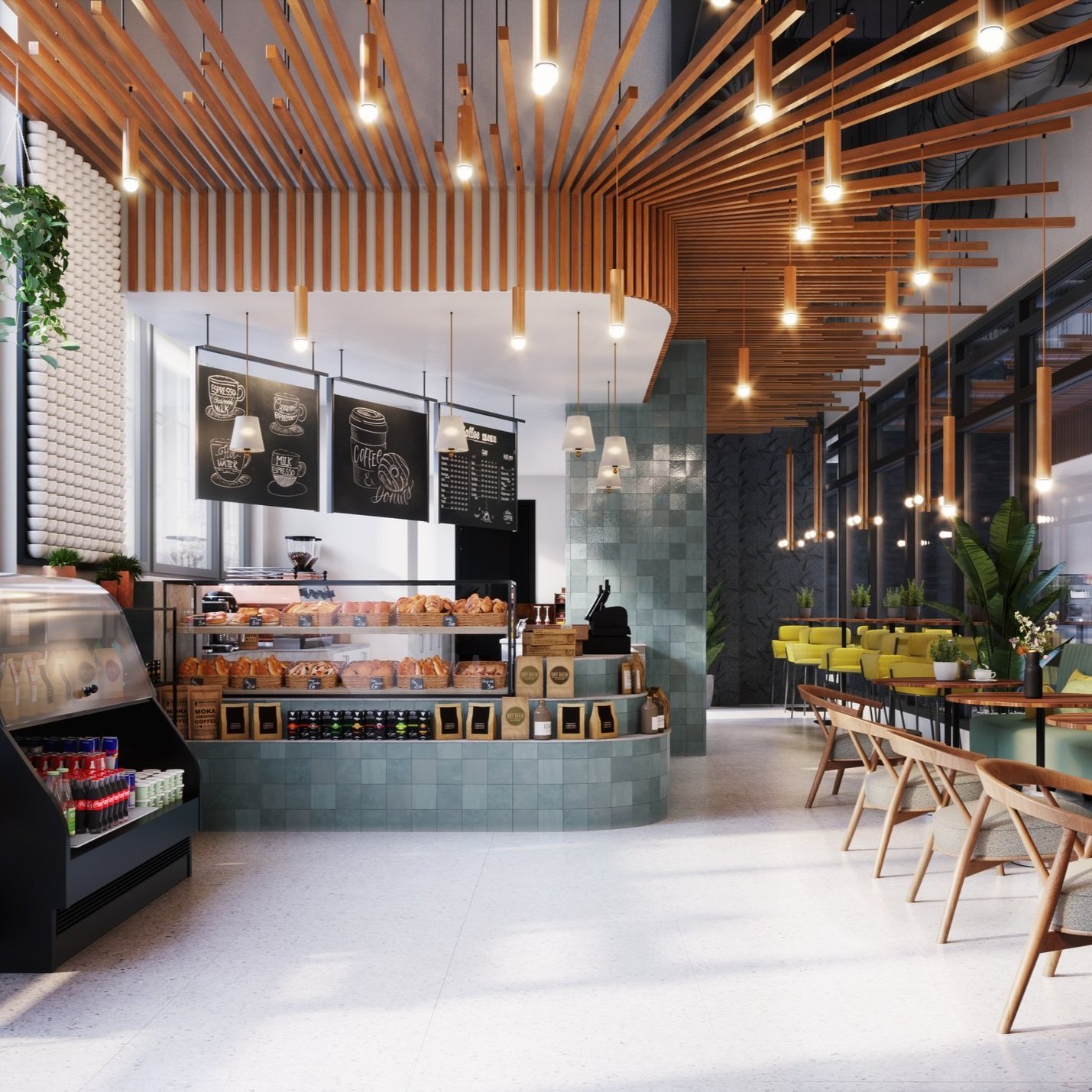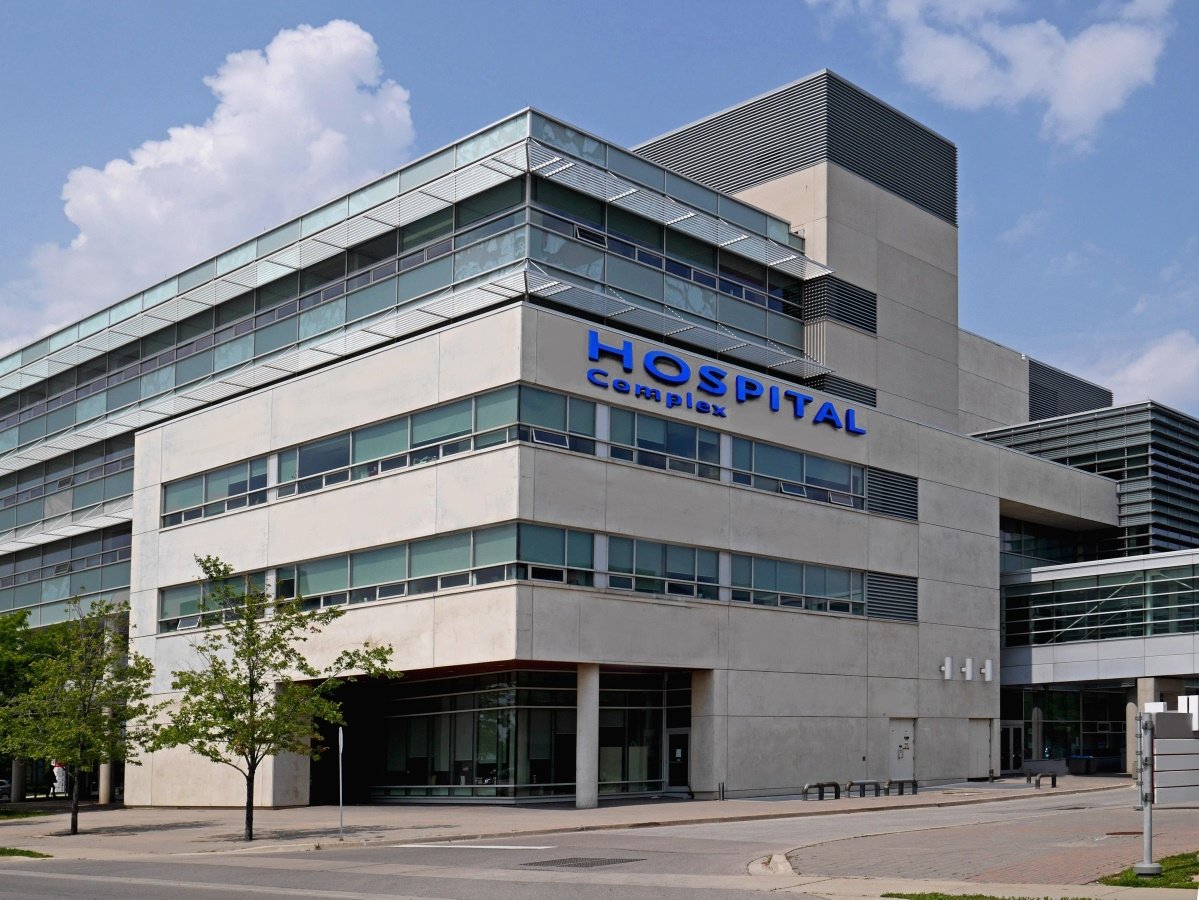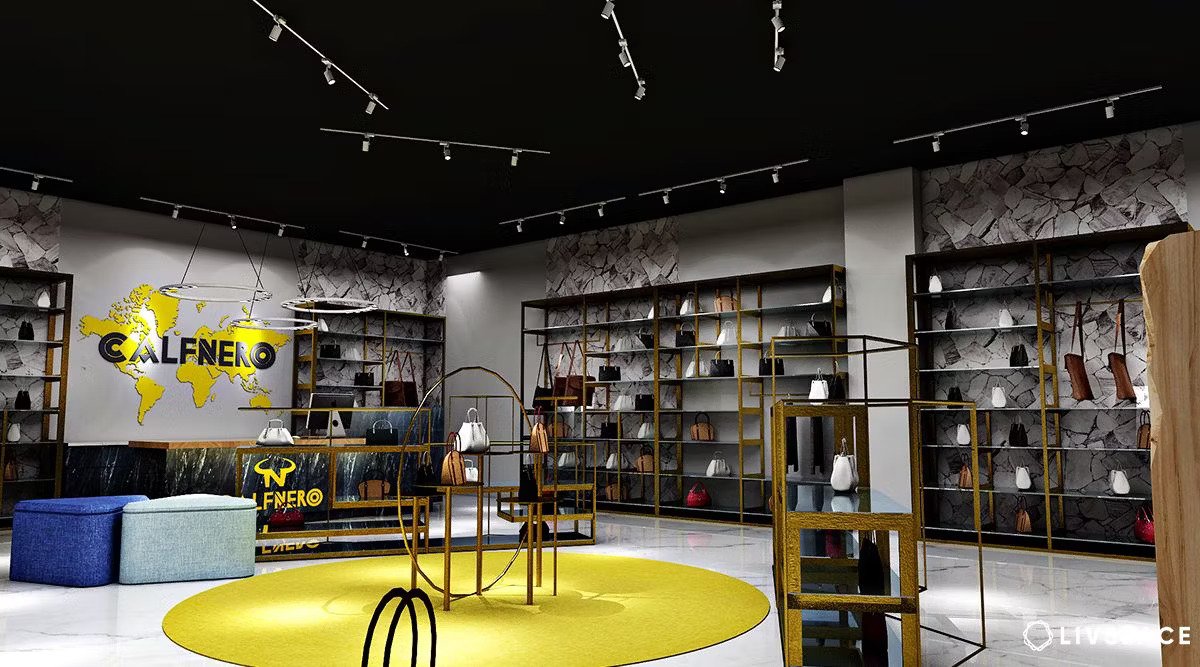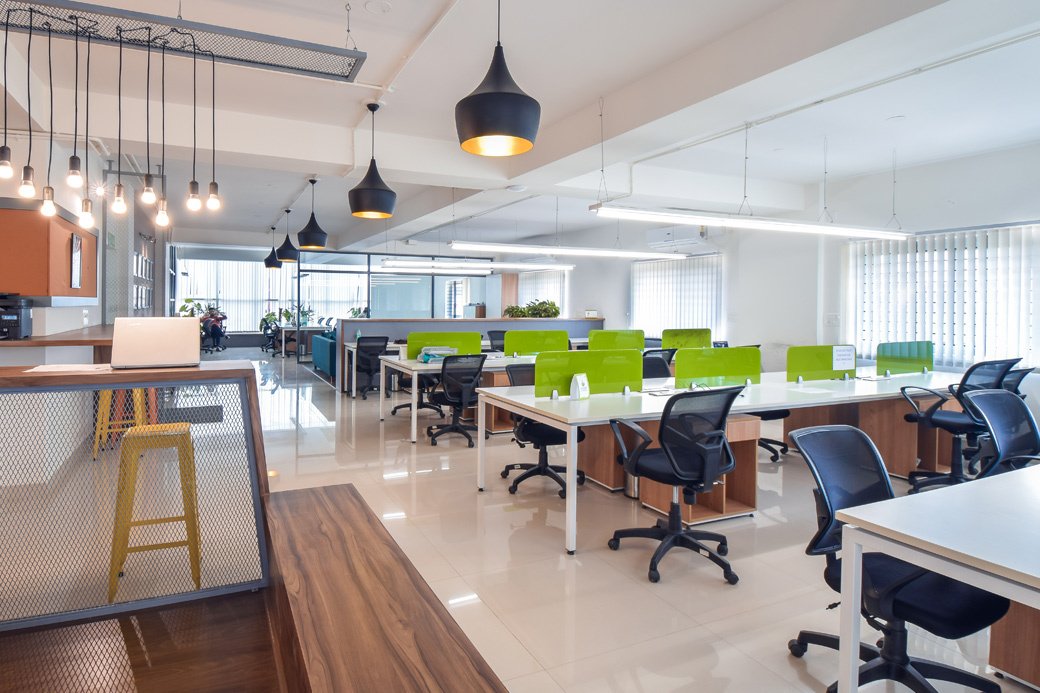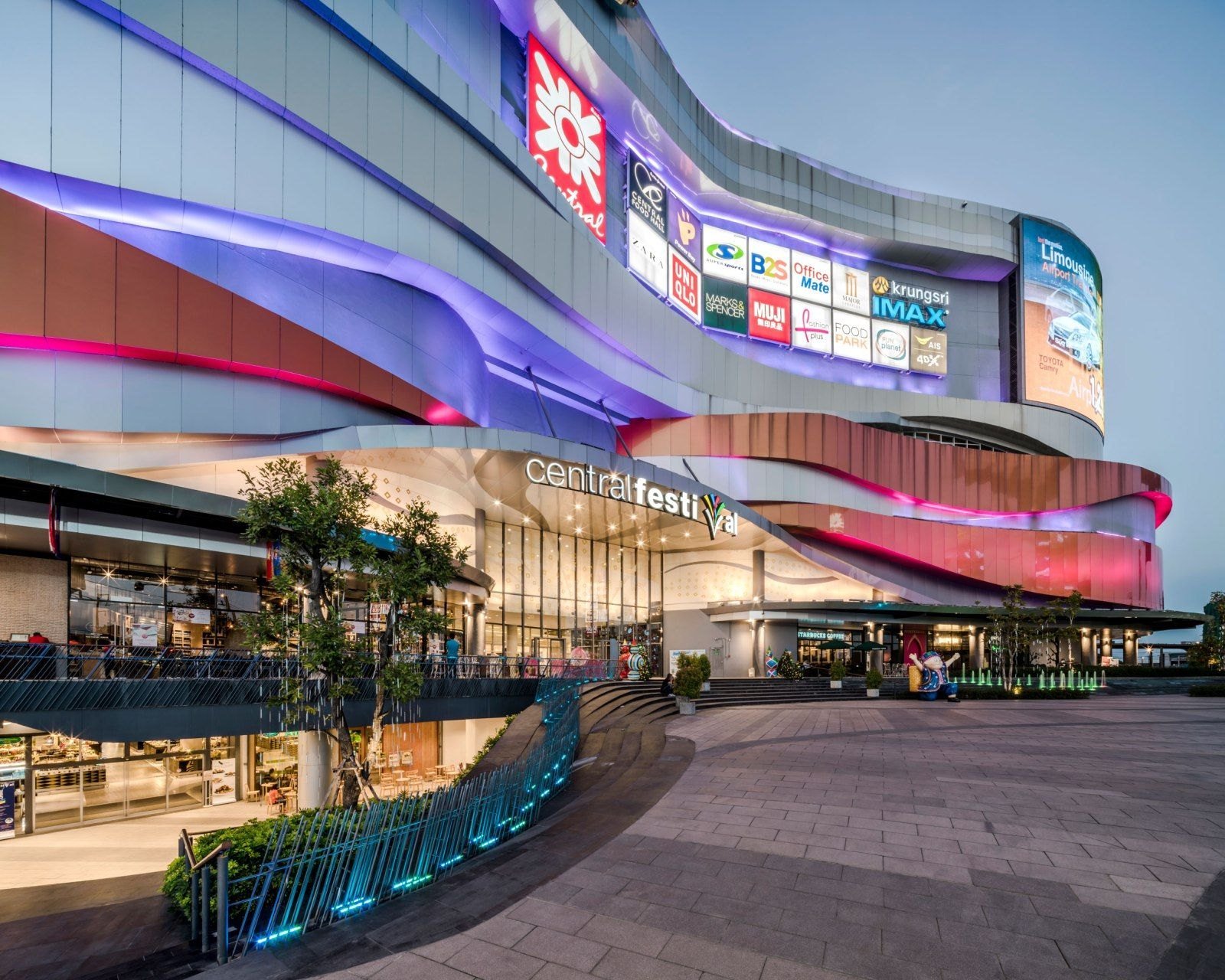Building design is a diverse and complex field that includes architecture and engineering. It is not just about creating planning for the building but we also focus on the functions and safety of the building which plays a very important role, then after that comes sustainability and how all this work will be done. We always see an overview at every step.
It covers some fields like areas, architecture design, structural engineering, environmental factors, interior design and urban planning. For this, we tell you about some of the expectations which are used in building design, all the principles and the challenges which we focus on in the latest trends, how can they all be sorted out professionally?
1. Historical Background of Building Design
Building design has changed a lot and has been influenced by many colors, technology and economic factors. If we look at ancient civilizations, we see the Egyptians, Greeks and Romans who set the basic architectural principles even today. When we look at the industry, when industrial revolutions were taking place, new materials were being implemented in construction and new leads were being generated, modern architecture was increasing.
When we look at the 20th century, there was post-modernization, it was added more, it was expanded and different styles were played. Today we are seeing that day by day people are influencing modern technology, but our traditional touch, historical touch, gives a different example and shows our different innovations. provides the environment, its consequences are happening even today.


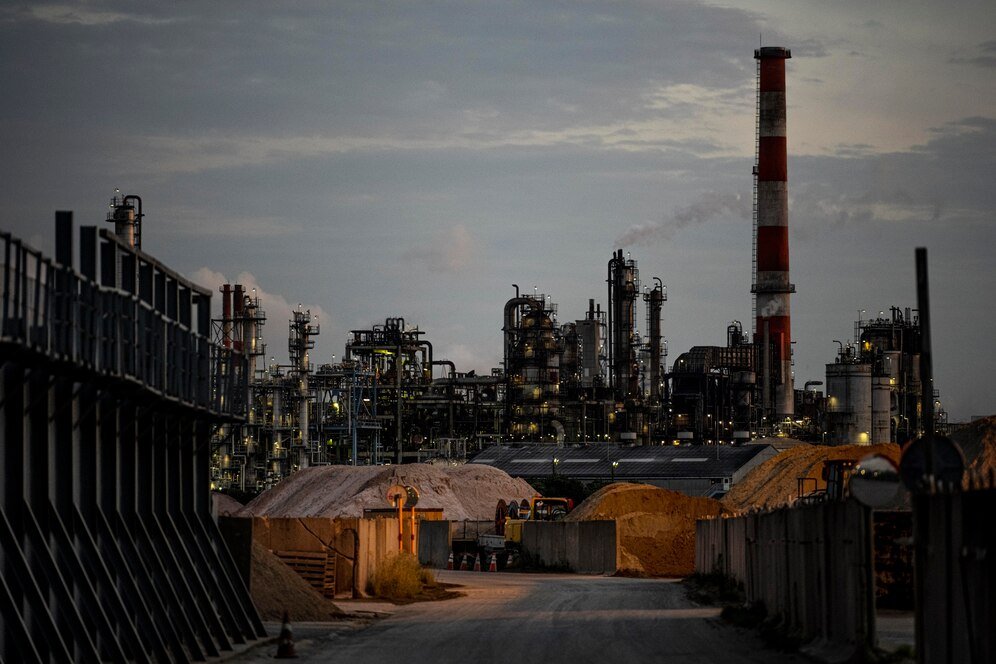
2. Key Principles of Building Design
- Functionality :- The primary purpose of any building design is functionality. Any building should always reflect its intention and purpose. It involves planning which is to provide space and time, careful which is to assure which is to support all the activities one by one, in which way this building will be built. Let us take an example in which the house is designed in a different design like that of an office and a factory, then the assets and expectations in it will be different in terms of functions.
- Structural Integrity :- Talking about structural integrity, it is essential considering safety and durability of a building. It involves designing the framework of the building such as foundation, beams and columns.
- Sustainability :- Sustainability is the focus of building design in today. Keeping in mind the observed climate change and environmental impacts. The aim of sustainable design is to reduce the environmental footprint of the building by using energy efficient designing, renewable energy, water conservation and eco-friendly materials.
- Safety and Compliance :- Safety is a crucial thing in building designing which covers areas like fire safety, structural safety, accessibility. Building codes and regulations are set on a safety extended format which includes certain requirements for safety purposes such as fire exits and accessibility features and for people with disabilities.
3. Components of Building Design
- Architectural Design :- Architecture design is a creative part in building design. Architects develop the overall concept of the building Which includes safe style and layout. It involves drawing, modeling and creating detailed planning that guides construction.
- Structural Design :- Structural design focuses on the physical framework of the building. The structural engineer works with the architect to ensure that the building being built is being built with complete safety and should be stable. It includes a lot of things like giving in designing materials and then working out how to avoid earthquakes or any other natural phenomena.
- Interior Design :- Interior designing focuses on looks which provide people with a good environment inside the building. It includes coloring, furniture, lightening, decorative elements. The interior designer first takes all your preferences and what your dreams should be according to your room and designs the room accordingly so that it can provide you a better environment.
4. Challenges in Building Design
- Balancing Cost and Quality :- A major will work. This happens in Building design when there is a balance between costing and quality. “High quality materials and advanced technology can be quite expensive”. It is important for the designer and developer to find a right way which can be done according to the budget and keeping in mind the safety and functionality.
- Regulatory Compliance :- Following building codes and regulations is essential for safety and functionality. It is also possible that many challenges may be complex but you will have to do them in the right way. Which will require very careful planning and coordination and ensure complications can be resolved with authority.
- Sustainability and Environmental Impact :- Achieving sustainability is quite challenging for a building. Sustainable materials and technology will be very costly. If combined, a lot of things will have to be measured and the environmental impacts that come in construction will have to be reduced.
- Technological Integration :- There is integration of technology with the building which is beneficial in facing many challenges. A smart system and sensors require careful planning and coordination in a disciplined manner. Which will help you not only in data security but also in your upcoming safety purposes like fire, earthquake etc.
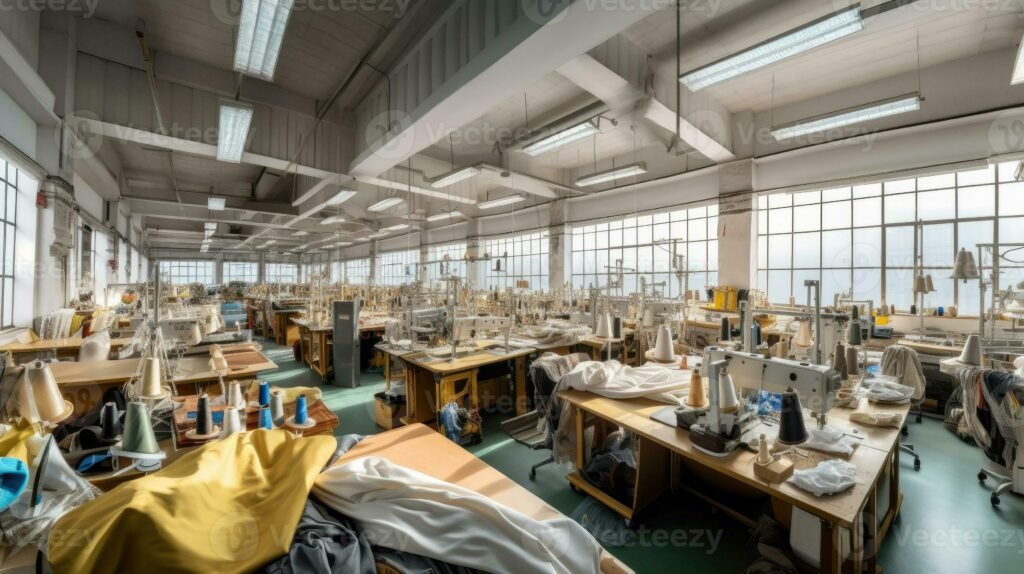
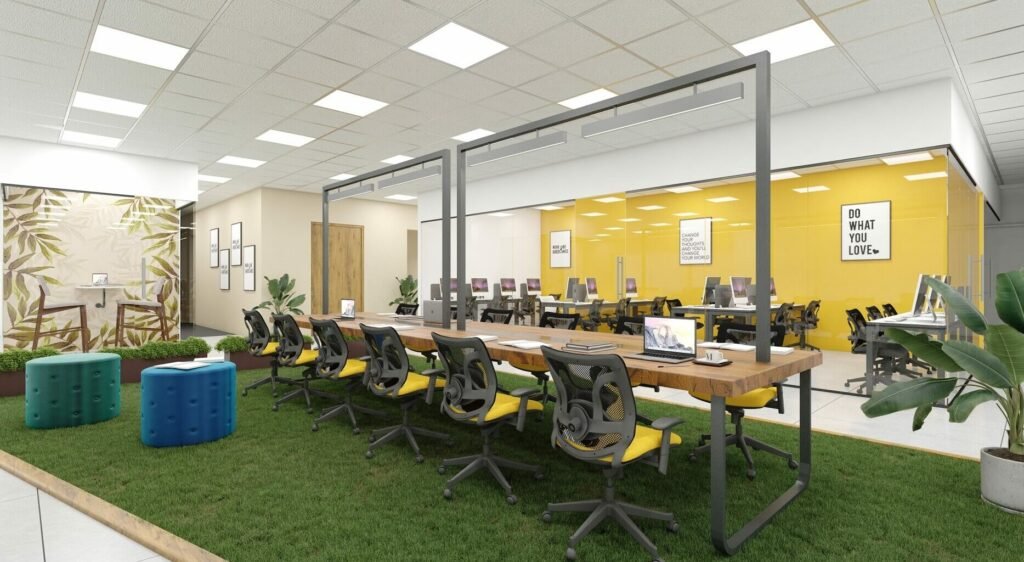
Conclusion
Building design is a diverse field that combines architecture, engineering and many other functionalities to create attractive buildings. It involves careful planning, safety, sustainability and following regulations. Key areas include architectural and structural design, interior designing integration with mechanical, electrical and plumbing systems.
The history of building design shows many things such as cultural change, technological advancement and economic factors that influence evolution. In today’s time, some things are happening like sustainability, smart technology and natural elements. Challenges include balancing cost and quality, meeting regulations and ensuring sustainability.
The future of building design will be in such a way that it will be influenced by new technology, which will be integrated by looking at the new environment, which will bring new growth in it, which will create flexibility, efficient and sustainability in the building and special on safety.
